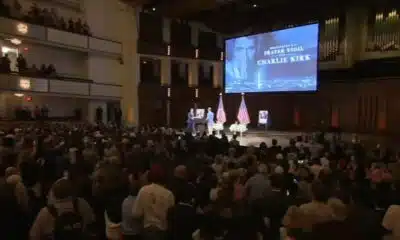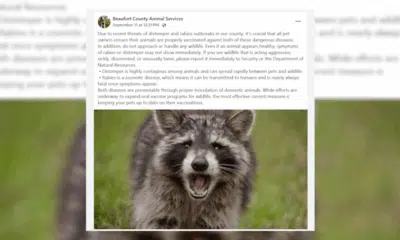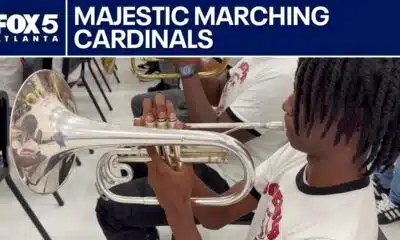(The Center Square) – Virginia Gov. Glenn Youngkin is deciding the fate of over 900 bills passed by the General Assembly, including proposals to create a legal retail cannabis market and raising the minimum wage to $15 per hour by 2027.
With the March 24 deadline looming for most bills, Youngkin has the power to sign them into law, amend or issue vetoes. His office confirmed to The Center Square that the governor is working through the legislative pile.
Beyond cannabis sales and the minimum wage increase, Youngkin is also considering a bill on campaign finance reform, education funding and expanded labor protections.
One measure would lift Virginia’s cap on public school support staff spending, while the other bans the use of campaign funds for personal expenses, something Virginia has lacked.
The Thomas Jefferson Institute for Public Policy, a conservative think tank, urges Youngkin to veto several Democratic-backed bills, arguing they would hurt Virginia’s economy.
“This shortened session, it turns out, was one of the most partisan sessions in recent memory,” wrote Derrick Max, the institute’s president, in a policy memo. The group is pushing Youngkin to reject bills that expand paid family leave, increase the minimum wage and remove spending caps on education staff.
Among their key veto recommendations:
-
Minimum Wage Increase: The group argues this would “harm low-skilled workers and small businesses” and increase costs for farmers.
-
Paid Family and Medical Leave: The proposed payroll tax to fund paid leave would “reduce worker take-home pay and harm small businesses.”
-
Education Spending Cap Removal: The group says eliminating the cap on school support staff spending could lead to unnecessary costs.
While the institute urges Youngkin to veto certain bills, Democratic lawmakers are pushing for him to sign HB2531, establishing a state-run paid family and medical leave program starting in 2028.
“Establishing a Paid Family and Medical Leave program will allow small businesses to compete on a level playing field with big corporations, ensuring that they can attract and retain our workforce,” Del. Briana Sewell, D-Prince William, said at a press conference. “I urge Governor Youngkin to stick to his promise to ‘keep Virginia winning’ and sign this winning legislation for hardworking Virginians today.”
Sewell patroned the legislation, which passed both chambers of the General Assembly by a 21 to 18 vote.
Sen. Jennifer Boysko, D-Fairfax, added that paid leave is critical for working families, especially for women who often take time off to care for children or aging parents.















































